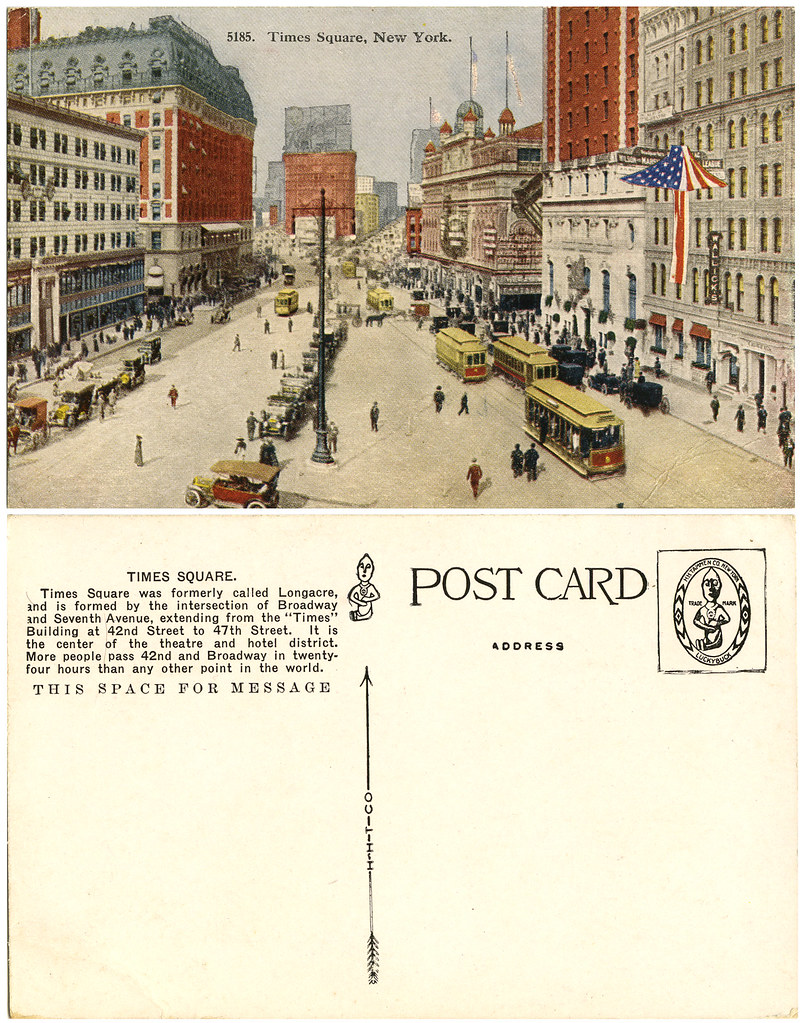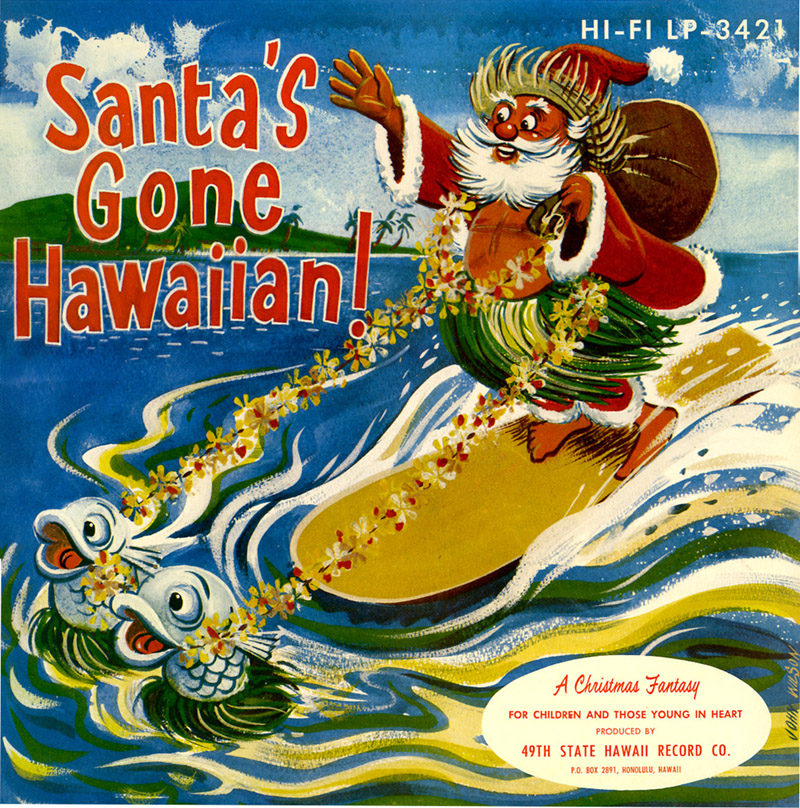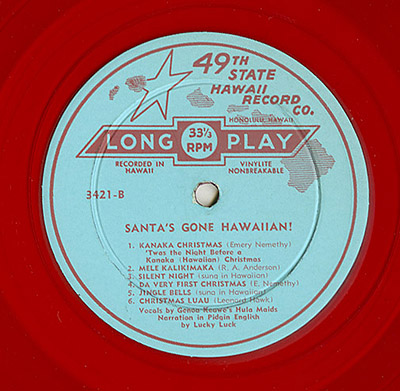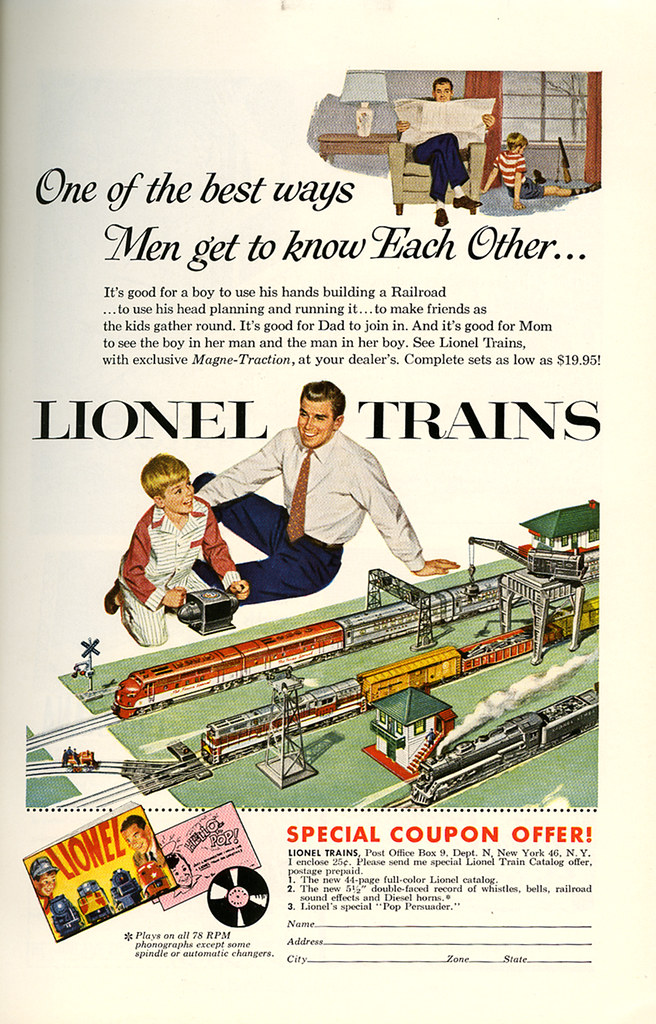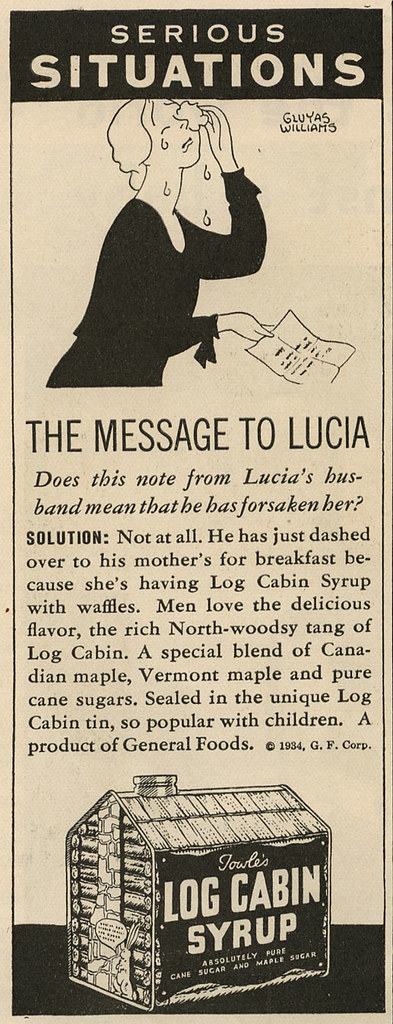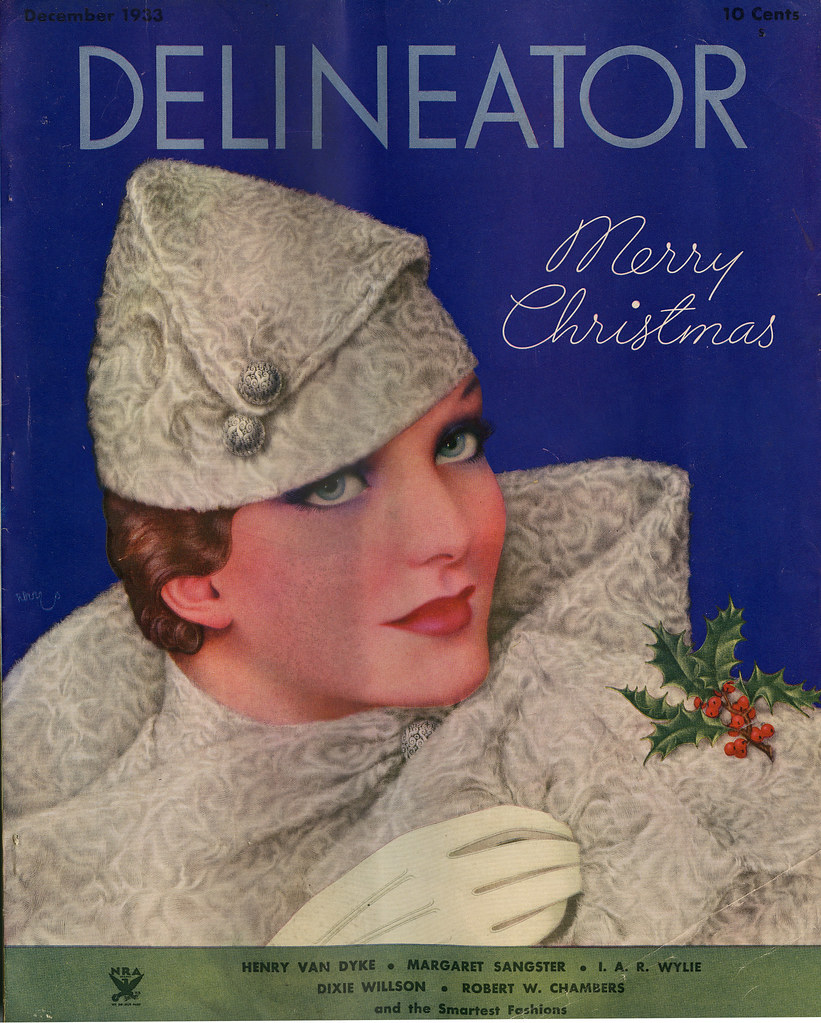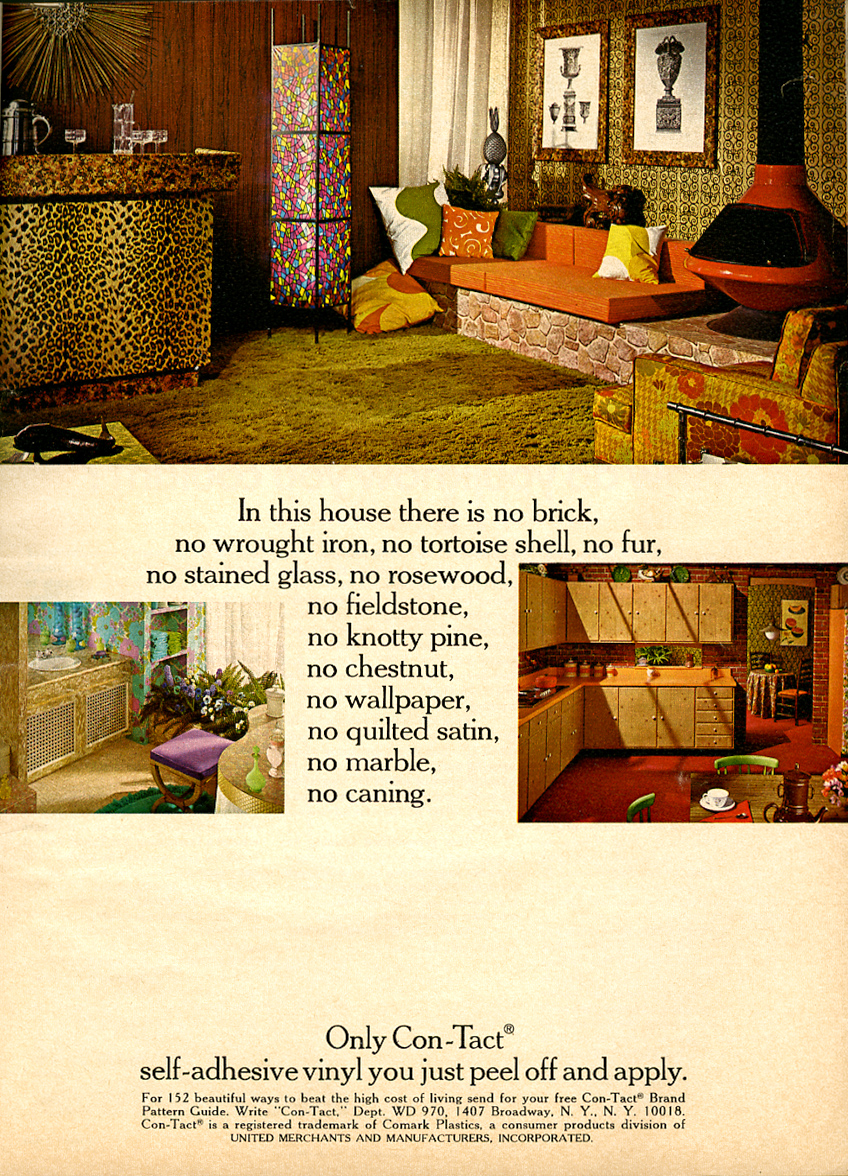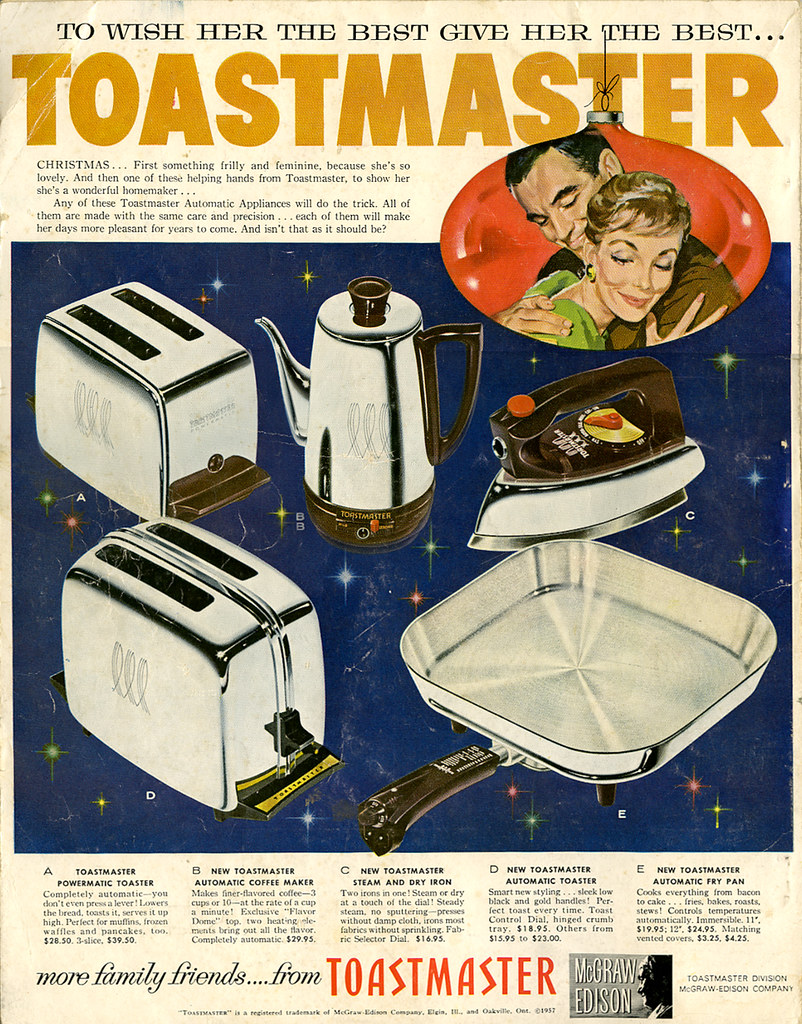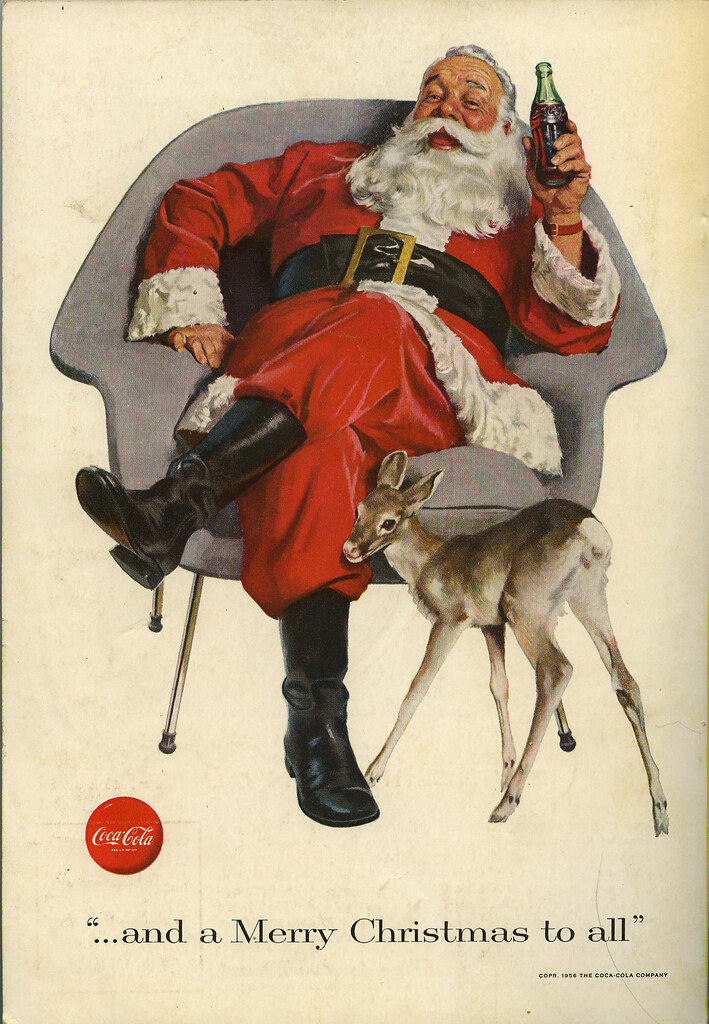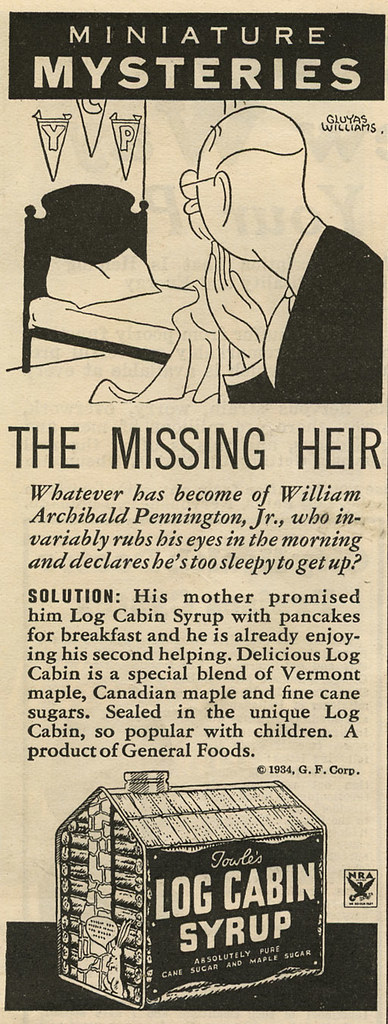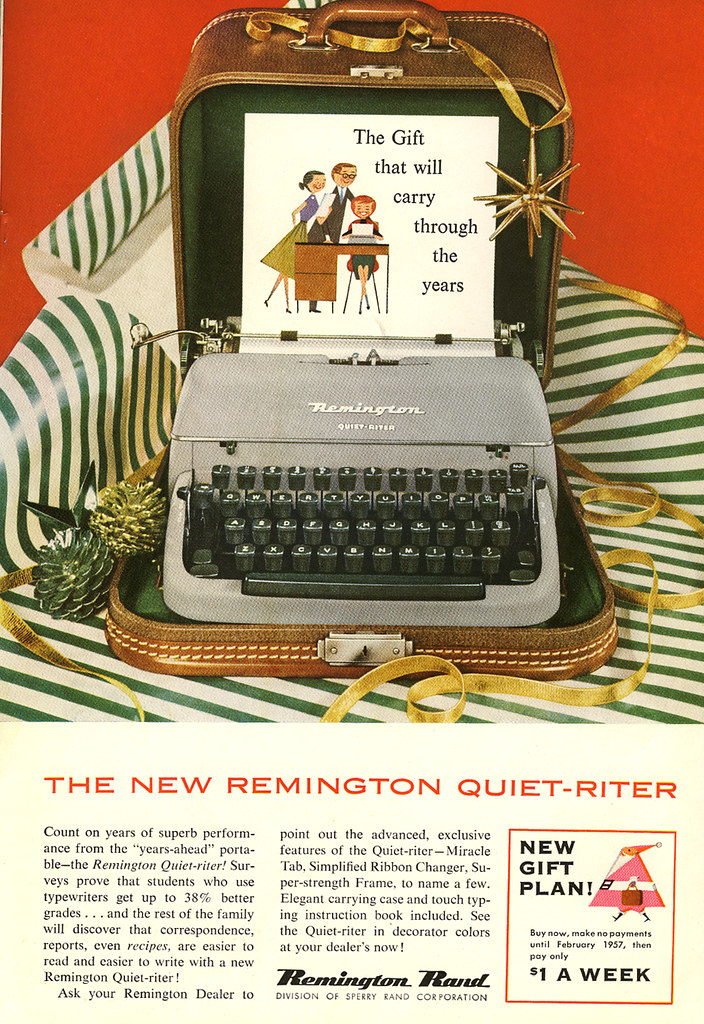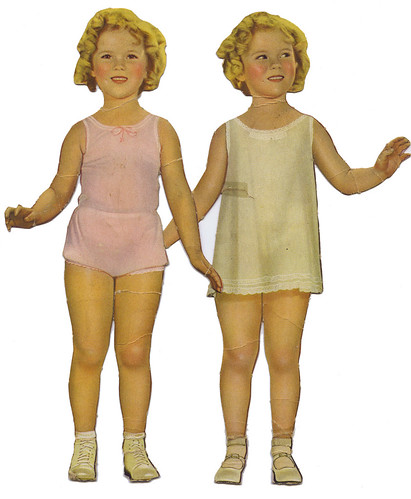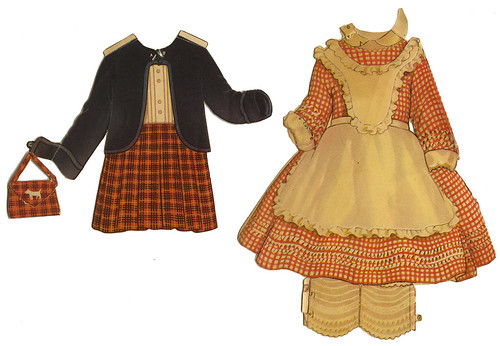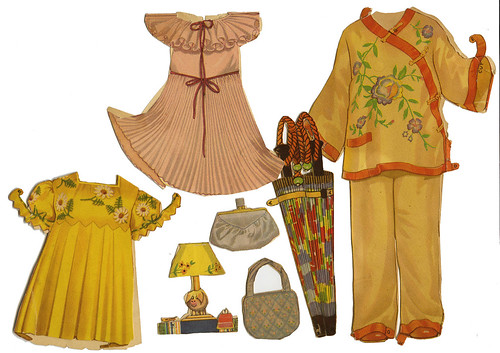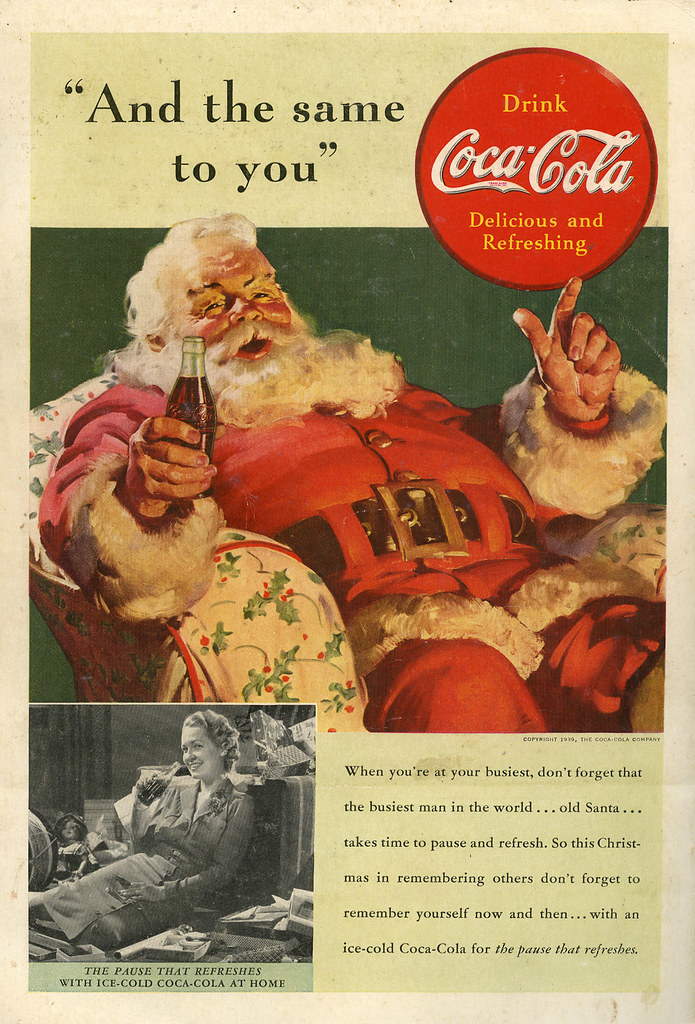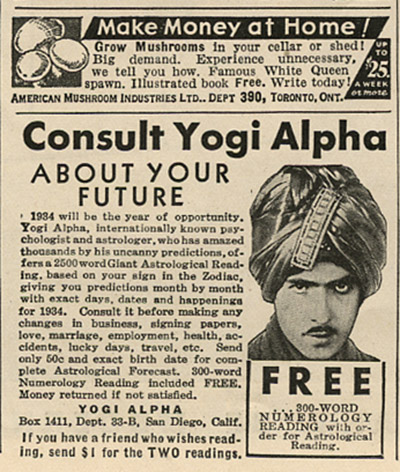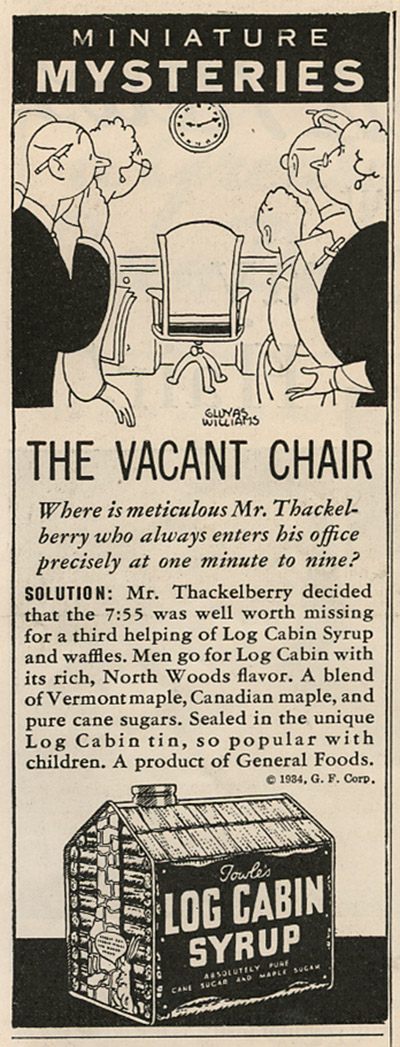So how is it Times Square became such a gathering spot for New Years Eve? I've never really thought about it. My theory is that it became the national focus when radio came along and music was broadcast across the country. The festivities in New York were celebrated in Kansas even though midnight had not yet arrived. I could be wrong soooooooo...I googled some information.
Click on image to see it larger.
Let's start with how Times Square became Times Square. According to Wikipedia, which means in net language "those who profess to have knowledge":
- 1904 – The New York Times opens its new headquarters on Longacre Square (the city's second tallest building), and persuades the city to rename the triangular "square" for the newspaper. Owner Adolph Ochs initiates a massive celebration in the square for New Year's, which is so popular (200,000 came) it permanently displaces the celebration from Trinity Church. There is no ball, but there are fireworks.
- 1907 – Walter F. Palmer, chief electrician for The Times, creates the first New Year’s Eve Ball in response to the behest of publisher Adolph Ochs to create some kind of spectacular midnight show that would draw attention to the Square. The New Year’s Eve Ball first descended from a flagpole at One Times Square, constructed with iron and wood materials with 100 25-watt bulbs weighing 700 pounds (320 kg) and measuring 5 feet (1.5 m) in diameter. At first, it dropped 1 second after midnight.
- 1914 – The Times relocates to 229 W. 43rd St., but the celebration continues.
- 1920 – The Ball was replaced with an iron material Ball and weighing less than the original, only 400 pounds (180 kg).
- 1942 – 1943 – During World War II, the descending of the Ball was stopped due to wartime lighting restrictions in case of enemy attack. Celebrants observed a moment of silence at midnight, followed by chimes.
Anywhoooooo...the above postcard can now be dated to sometime after 1904 since the back copy refers to it as Times Square and no longer Longacre. You thought I'd end with that didn't you. No.
Take a look at that rather strange little icon on the back of the postcard, both above the arrow and where the stamp is to be placed. It looks like some sort of Mesoamerican sculpture. Why this was chosen by the HH Tammen Co. I have no idea, but Harry Heye Tammen was a pretty interesting fellow who's reach went beyond just selling postcards of New York. His reach extended to various newspapers, books, dolls, children's hospitals, and even Buffalo Bill Cody.
Harry Heye Tammen was born March 6, 1856 in Baltimore, Maryland. He died July 19, 1924 in Denver, Colorado. During those years he led an eventful life, though not always on the up-and-up. He owned a curio and souvenir shop in Denver, was the editor of the Great-Divide Weekly Newspaper, and was a bartender at Denver's Windsor Hotel. In 1895 he, along with Fredrick Gilmer Bonfils, bought the old Evening Post, which became the Denver Post, in 1895.
First a little history of The Post from Wikipedia:
In August 1892, The Evening Post was founded by supporters of Grover Cleveland with $50,000. It was a Democratic paper used to publicize political ideals and stem the number of Colorado Democrats leaving the party. Cleveland had been nominated for president because of his reputation for honest government. However, Cleveland and eastern Democrats opposed government purchase of silver, Colorado's most important product, which made Cleveland unpopular in the state. Following the bust of silver prices in 1893, the country and Colorado went into a depression and The Evening Post suspended publication in August 1893
A new group of owners with similar political ambitions raised $100,000 and resurrected the paper in June 1894. (Source: Wikipedia)
Enter Harry Heye Tammen and Grederick Gilmer Bonfils:
On October 28, 1895, Harry Heye Tammen, owner of a curio and souvenir shop, and Frederick Gilmer Bonfils, a Kansas City real estate and lottery operator, purchased the Evening Post for $12,500. Neither had newspaper experience, but they were adept at the business of promotion and finding out what people wanted to read. Through the use of sensationalism, editorialism, and "flamboyant circus journalism," a new era began for The Post. Circulation grew and eventually passed the other three daily papers combined. On November 3, 1895 the paper's name changed to Denver Evening Post. On January 1, 1901 the word "Evening" was dropped from the name and the paper became The Denver Post. (Source: Wikipedia)
The Post's rambunctious history began one day in 1895 when blue-eyed, roly-poly Harry Tammen, bartender at Denver's Windsor Hotel, strolled into the littered city room of the old Evening Post. At his side was a new-found friend, swarthy, wax-mustached Frederick. Gilmer Bonfils (pronounced bonn-fees), a dashing promoter who had just cleaned up $800,000 in the notorious "Little Louisiana" lottery. To weary Postmen playing poker, Harry Tammen drawled: "Don't let us disturb you but we've just taken over this paper."The take-over was breathless. For decades Bonfils & Tammen stirred up a brand of journalistic dust in Denver's rarefied air which made Hearst look stuffy. They raked the town for every bit of scandal, labeled their sheet "Your Big Brother, champion ofevery good, pure, noble, holy and righteous cause." Sample causes: crusades against Governors, mudslinging matches with Senators, bullyragging attacks on advertisers, lavish parties for children, sick dogs and horses.Between such spasms they ran the Sells-Floto Circus, beat the rival Scripps-Howard Rocky Mountain News into grogginess, forced Denver merchants to buy Bonfils' coal. They kept a shotgun in their red-carpeted office (which the underpaid staff called the "bucket of blood"), once were both wounded when an irate reader beat them to the draw. Even that affray was grist for their newsmill. Blustered Bonfils: "A dogfight in Champa Street is better than a war abroad." The maxim was drilled into George Creel, Gene Fowler, many another bright pupil in the Post's hell-for-leather journalism school.
And...
In December 1899 Tammen and Bonfils were shot in their Denver Post office by W.W. Anderson, an attorney representing "maneater" Alfred Packer after a Post article had accused Anderson of taking Packer's life savings as a retainer. In the scuffle in the office Bonfils was shot twice and Tammen three times. Anderson was tried three times but never convicted while Tammen and Bonfils were convicted for jury tampering in the third trial.In 1900, both Bonfils and Tammen were horsewhipped and hospitalized by a lawyer who disliked their yellow journalism. Bonfils took $250,000 hush-money from Harry F. Sinclair in the Teapot Dome scandal.From 1904 to 1921 they owned the Sells-Floto Circus.In 1909 Bonfils and Tammen bought the Kansas City Post and owned it until selling it to Walter S. Dickey in 1922. J. Ogden Armour was a silent partner in the endeavor. The Post with its tabloid format, red headlines and yellow journalism was closely tied to the rise of the Tom Pendergast political machine in Kansas City. The Post was to fold shortly after the collapse of the machine. (Source: Wikipedia)
Now as to that circus they owned. The Sells Floto Circus was a combination of the Floto Dog & Pony Show and the Sells Brothers Circus that toured with sideshow acts in the United States during the early 1900s. The "Floto" name came from the Post's one-time sportswriter, Otto Floto. To see images from the circus, including posters click here.
During the 1914-1915 seasons the circus featured Buffalo Bill Cody.By 1929 the Sells Floto was part of the American Circus Corporation, along with theHagenbeck-Wallace Circus, the John Robinson Circus, the Sparks Circus, and the Al G. Barnes Circus. John Nicholas Ringling bought the conglomerate organization outright for $1.7-million. With that acquisition, Ringling owned virtually every traveling circus in America. (Source: Wikipedia)
So, how did Buffalo Bill Cody end up working for this circus? Glad you asked. Near the end of his life his Wild West Show was in debt:
Cody's debts continued to grow and Cody was forced into a series of "farewell appearances." Cody borrowed $20,000 from Harry Heye Tammen, publisher of the Denver Post to cover the cost of printing posters. Forewarned is forearmed. Perhaps, Cody should have been wary of trusting someone who published a postcard bearing the motto: "Live everyday so that you can look every man in the eye and tell him to go to _______." When the show was performing in Denver, Tammen had the show seized by the Sheriff and sold at a Sheriff's sale. Tammen then, holding the debt over Cody's head, forced Cody to appear in a circus owned by Tammen. Judge W. L. Walls of Cody, Wyoming, noted that in the last two years of his life, Cody lost between $140,000.00 and $200,000.00. (Source: Wyoming Tales and Trails)

Now as to the dolls, and yes way back above I did mention Harry Heye Tammen's involvement with dolls, specifically Skookum Indian dolls. The dolls were originally made by Mary McAboy as a small cottage industry, but the dolls soon took off and she filed two applications for patents for a doll or toy figure on November 29, 1913. The patents were granted on February 17, 1914. In the 1920s she partnered with Tammen to market her dolls in order to keep up with the demand. To read more about these dolls visit Skookum Dolls. The doll to the left is from my own collection and dates from the 1940s.
And finally as to Tammen's involvement with a children's hospital:
He donated money to the Children’s Hospital in Denver, for the construction of Tammen Hall. At his death, he bequeathed a trust fund for the care of children whose parents could not afford hospital expenses. (Source: Find a Grave)
Note, that at the source above, Find a Grave, you can see a photo of Tammen and his grave site.
Obviously I haven't proven why Times Square is the focus of the nation on New Years Eve, or if it even really is. It's the focus of New Yorkers, who pretty much do consider New York the center of the universe, and for a very long time New York controlled the media. So I'm sticking with my "radio did it" reasoning.
As to why Tammen chose a Mesoamerican sculpture for his logo? Haven't a clue. Perhaps someday I'll find more information because I certainly have enough cards in my collection that have this logo on the back.
Well, this was a rather pointless journey for New Years Eve, but it's kept me off the streets. I will be spending a quiet evening, except for the sound of my own coughing and hacking until midnight when the gunfire will start, and the fireworks, most likely followed by the siren from the local volunteer fire department, which will probably closely be followed by the pack of coyotes howling. Oh, and the turkeys. They'll probably start screaming when they hear the gunfire. By then I'll be in bed having missed New Years completely, but putting a note on my mirror to remember to watch the Rose Bowl parade.
Happy New Year to all and keep it safe on the roads.
Now, for something a lot less complicated visit the continuing saga of the little snow man.
